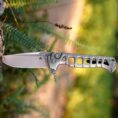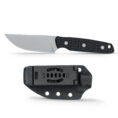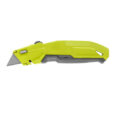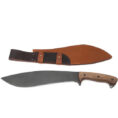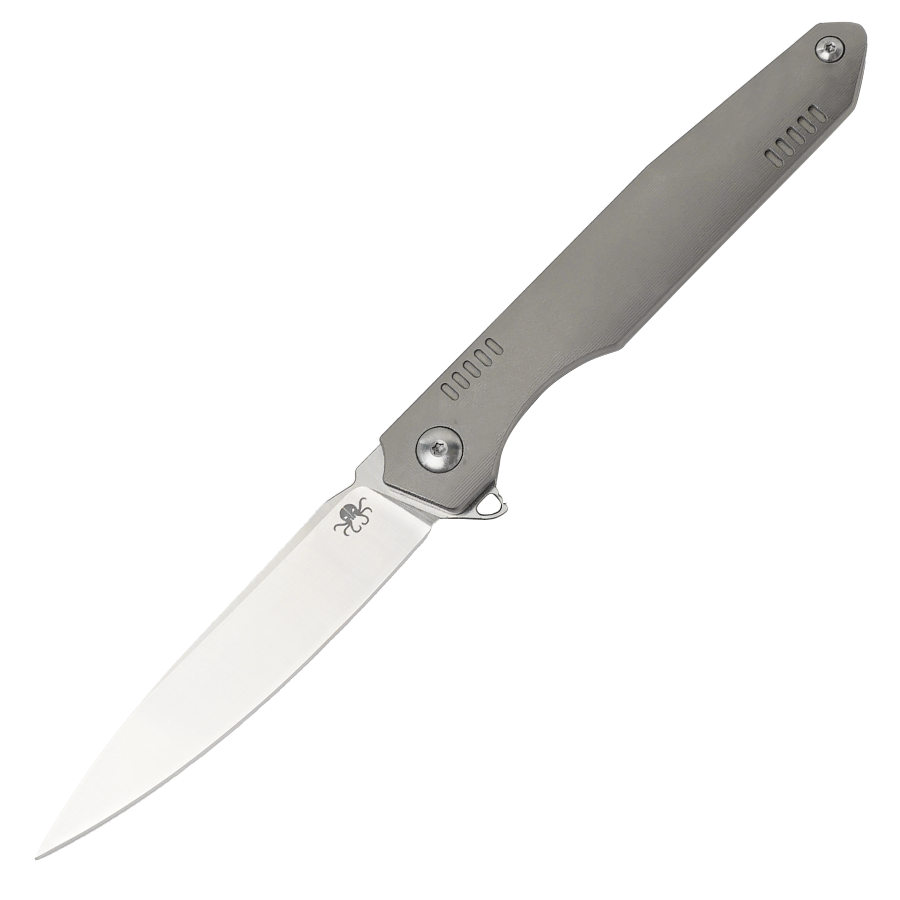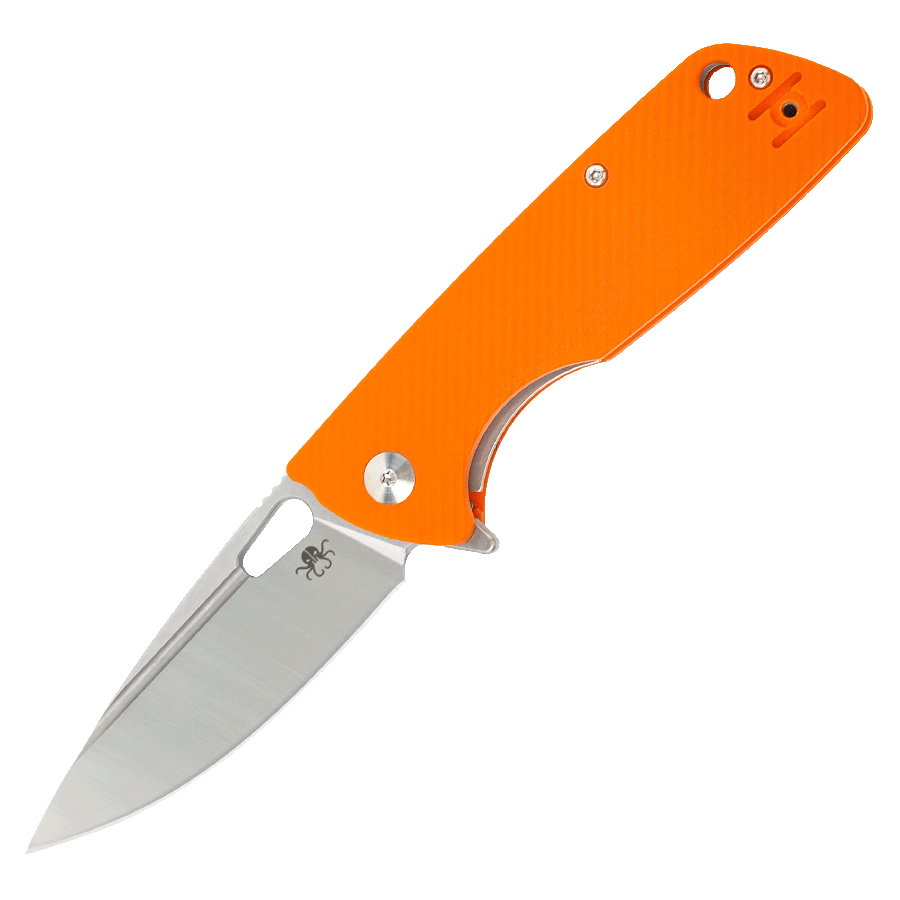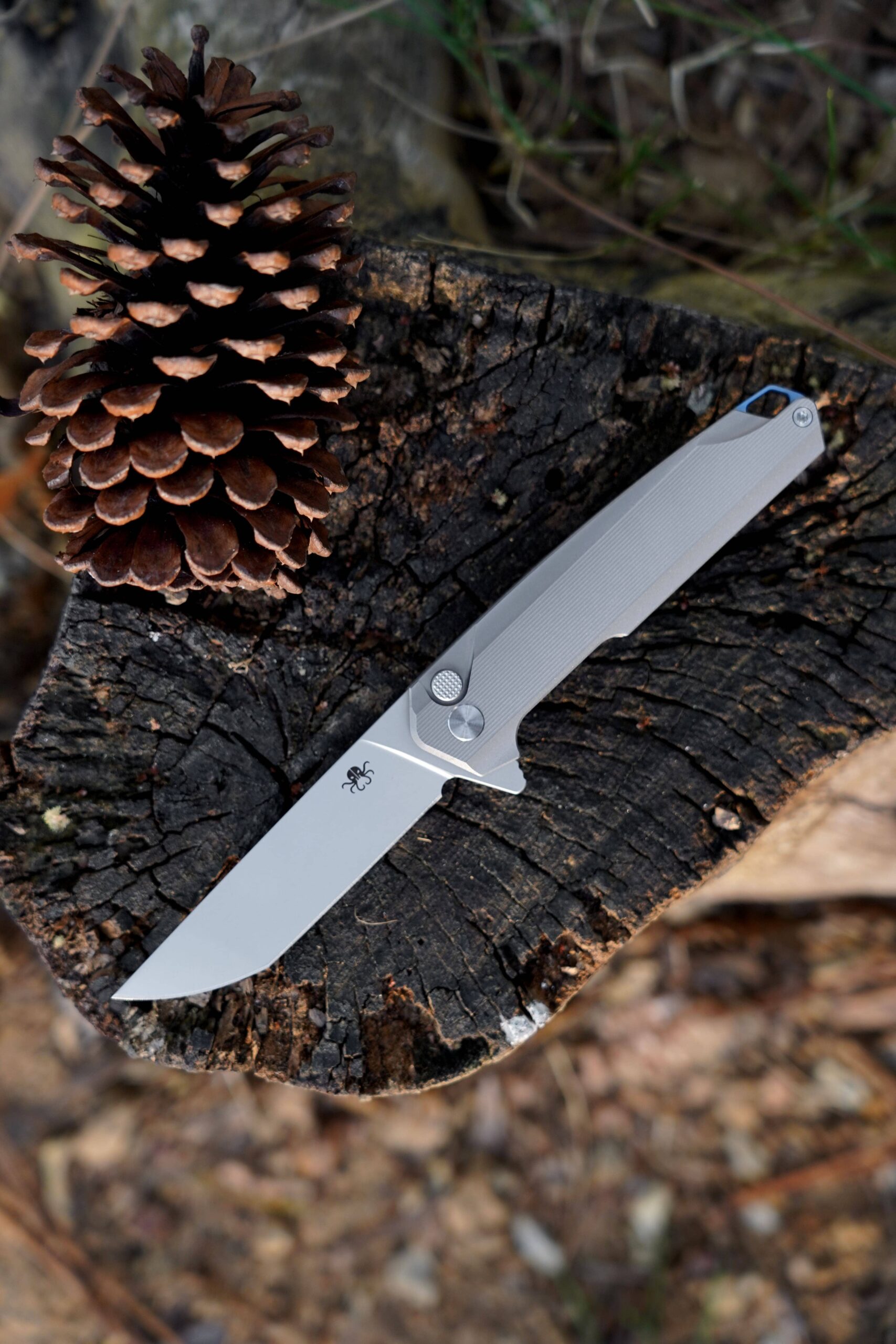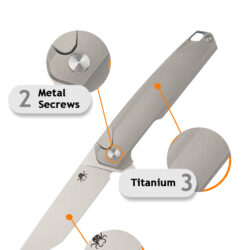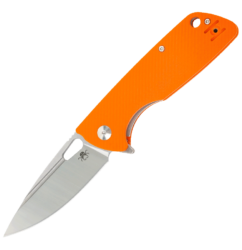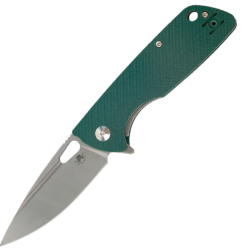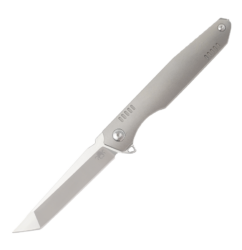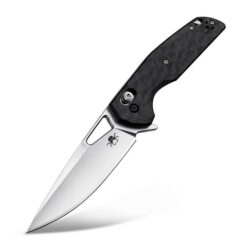How to Fold a Pocket Knife Safely and Correctly

Folding a pocket knife properly is essential for safety and maintaining the knife’s longevity. Whether you’re a beginner or an experienced user, following the correct steps ensures that you avoid accidents and keep your knife in good condition. Here’s a step-by-step guide on how to fold a pocket knife safely.
Step 1: Ensure the Blade is Clean
Before folding the knife, make sure the blade is free from dirt, debris, or moisture. Wipe it down with a clean cloth if necessary to prevent damage to the folding mechanism.
Step 2: Hold the Knife Securely
Grip the handle firmly with one hand while keeping your fingers away from the blade’s path. Most folding knives have a locking mechanism (such as a liner lock or frame lock) that must be disengaged before closing.
Step 3: Release the Lock (If Applicable)
- For liner locks: Use your thumb to push the metal liner to the side, releasing the blade.
- For frame locks: Similar to liner locks, push the metal frame outward.
- For slip joint knives (non-locking): Apply slight pressure on the back of the blade to fold it.
Step 4: Fold the Blade Back into the Handle
Once the lock is disengaged, carefully guide the blade into the handle using controlled motion. Avoid letting it snap shut, as this can damage the knife or cause injury.
Step 5: Verify the Knife is Fully Closed
Ensure the blade is completely inside the handle before storing or pocketing the knife. Some knives have a small notch or resistance when fully closed.
Safety Tips When Folding a Pocket Knife
- Never force the blade—if it doesn’t close smoothly, check for obstructions.
- Keep fingers clear of the blade’s closing path.
- Regular maintenance (oiling the pivot) helps keep the folding action smooth.
By following these steps, you can fold your pocket knife safely and efficiently every time. Proper handling not only protects you but also extends the life of your knife.
Would you like additional tips on pocket knife maintenance or different locking mechanisms? Let me know!

